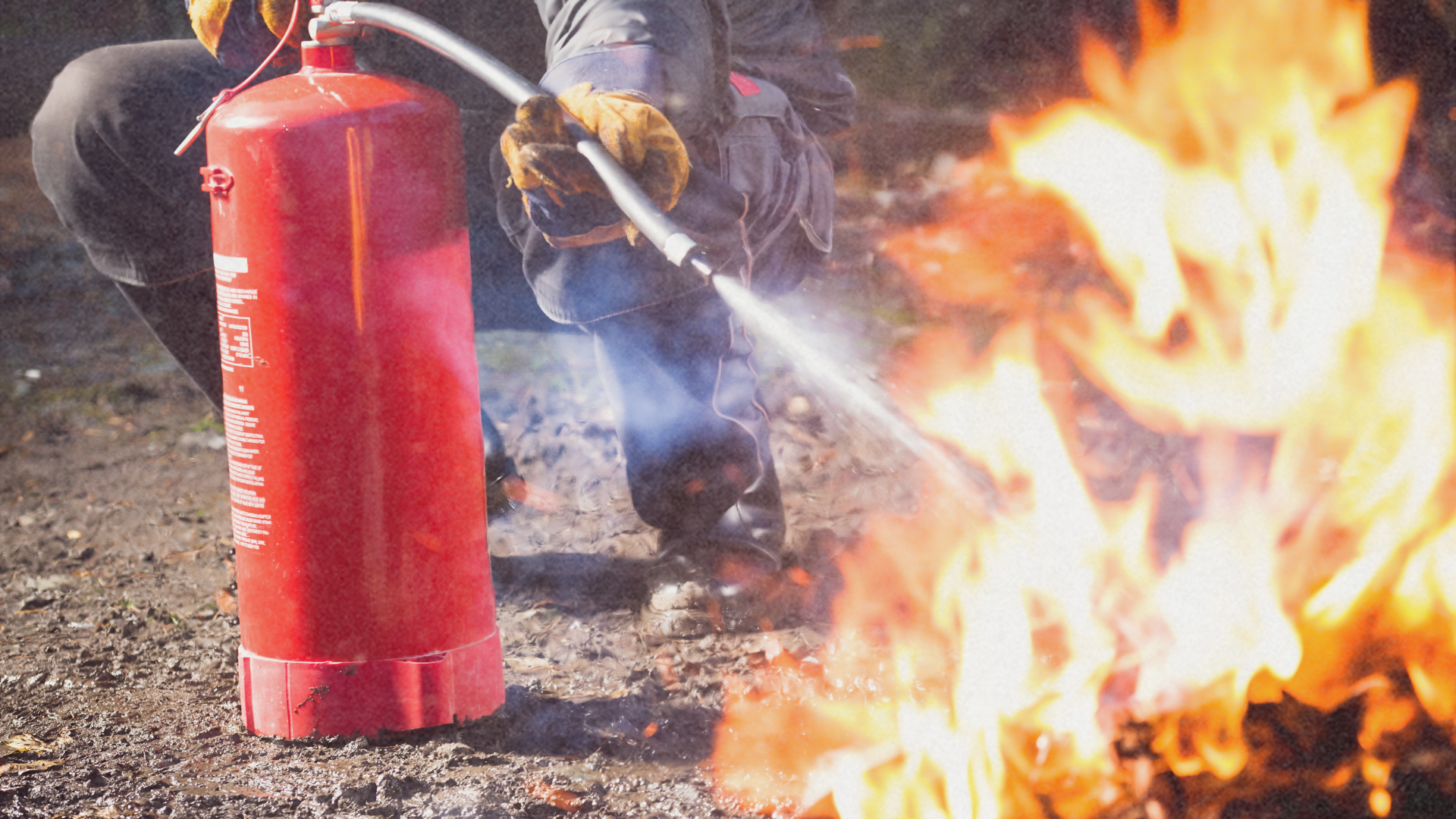On Monday, April 15, 2013, two improvised explosive devices were detonated near the finish of the 42-kilometer Boston Marathon. The route had been checked by police, and especially trained explosives detection dogs. But the route was open to the public, who could move freely around and come and go freely. A massive investigation was launched after the detonations, and eventually photos of the perpetrators were located. These were disseminated to the public throughout the world. The entire Boston metropolitan area was alerted, and people were requested to “shelter in place,” meaning that they were asked to stay home, or at their offices. Photos showing virtually empty streets in response to this request from the government were posted on the Internet.
By Thursday, April 18, the perpetrators, Tamerlan Tsarnaev, 26, and Dzhokhar Tsarnaev, 19, were located. The information available as of this writing indicates they were spotted by Sean Collier, a police officer employed by the Massachusetts Institute of Technology. He was instructed by supervisors to follow the pair, and wait for reinforcements. Tragically, the two spotted Collier watching them. They stopped their car, and engaged him with firearms, killing him. Other police officers arrived within seconds, and began a running gunfight with the two. Explosive devices were thrown at the police, shots were exchanged, a car was stolen. In the end, Tamerlan was dead. Dzhokhar was found alive the next day, hiding in a boat. As of this writing, he remains under police guard in a hospital.
There are significant differences in police procedures in the United States and the Philippines. For example, in the U.S., the vast majority of police officers are on solo patrol. Single officer mobile patrols are the norm. From time to time, one may see two officer units in large cities that have adequate manpower. Only specialized units, such as SWAT teams, work with squad sized groups. This is not the practice in the Philippines, which often sees groups of three or four uniformed police conducting patrols, either on foot, at static check points, or in mobile units. Security guards, too, are rarely on truly solo assignments, since their posts are often within sight of other guard posts. True, those other posts are often manned by personnel from another company, and on another contract, but they would presumably at least call for assistance if the guard needed help.
But the solo assignment affects the way policing in dangerous situations is carried out. As in this case, the solo assignment often emboldens violent criminals who are superior in numbers to assault the solo officer in order to make their getaway. A solo officer only has his or her own resources on which to draw in an emergency. One lesson to be learned from this event is the importance of training for officers. Rote firearms training against simple paper targets is not adequate preparation for a firefight. Budgets are tight, and firearms training is expensive. Thus, the commanders – and the officers themselves – must find ways to stretch what funds are available to provide the best training possible. In addition to traditional static target shooting, the inclusion of scenarios to teach tactics of movement, use of protective cover, and shooting against targets that think and return fire is needed. These are low cost, but may save lives.
Scenarios also teach thought processes that reduce the risk of “freezing from fright.” The officer works through scenarios in a safe and guided manner, with a coach who helps her to learn better ways to approach suspects, or unknown situations, and to reduce risks. If an emergency does occur, she is much more likely to survive and respond well.
The firefight in Boston also demonstrates the critical importance of communications. The officers were able to exchange information concerning the suspects and developments as the firefight moved down the street. Officers must practice communications in emergency situations to reduce the human tendency to shout into microphones or use short, incomplete sentences that are incomprehensible to responding assistance. Giving clear and concise directions and descriptions is critical for safety.
Not only do police officers and security guards need a high degree of ability with their firearms, but they must be able to provide first aid. This means that they must have skills, but also equipment. It is virtually a certainty that the officer himself or colleagues will be shot or otherwise wounded in an encounter like this. The officer must be able to bandage his own wounds, and others. He must have bandages and other gear to accomplish this. Otherwise, people will needlessly die.
Often overlooked as “Lessons Learned” mined from these incidents is a degree of physical fitness. This does not mean the officers are expected to be professional athlete quality runners. This firefight took place over a good sized area, and over quite some time. Good physical fitness allows the officer or guard to perform for those emergency situations that last for awhile. He may be able to chase suspects, move from point to point as the suspect is engaged, move up and down stairways, and rescue victims by carrying or dragging them behind cover. All of these movements require a good degree of fitness. Such fitness is built up over time and practice.
More lessons will come to light as this incident is examined. It must be examined with a critical eye so that we can learn from it. So that we can save lives.





